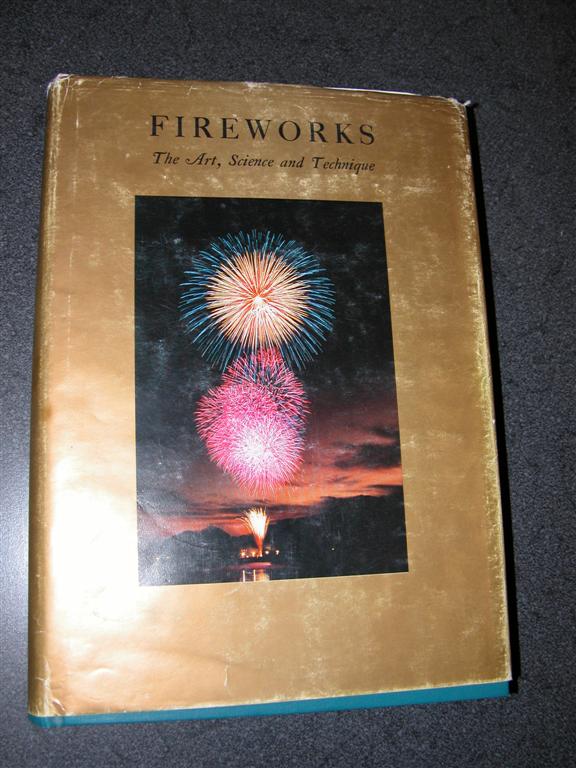Dear Appiehappie, Dear FPM'ers,
Thanks for sharing your views. I am glad to see you refer to the great book by Dr Shimizu. There's not much like that book which tell you things about traditional Japanese shells. I know, since I have been a fanatic collector of fireworks books.
First, I want to make a few comments on your post.
A
Poka shell is a shell that typically bursts with a soft break. For soft breaking shells, most often the shell may easily break along it's equator, without "punishment" (i.e. that will not be detrimental to the effect one wishes to achieve). Poka shells do not need as a strong "confinement", by having a thick shell casing. The bursting charge to break a poka shell is typically little, but just enough to break the casing. Poka shells also were used to display relatively fragile materials, parachutes, lanterns, figures of paper, flags.
A
Warimono shell is quite different from a Poka, in that is must have a hard break. This is in general achieved with a strong "confinement", by having a think shell casing in combination with a larger more powerful bursting charge. A Warimono type shell must break into small equally great fragments.
Time-fuses can be "blown inwards" by the pressure that exists inside the launch tube during lift-phase, if the pressure is too high, or if the construction that holds the time-fuse in place is too weak. Normally additional pasted paper, and string with glue do the job properly. A malfunctioning time-fuse indeed results in a blind shell, but these fuses can not get clogged during the lifting phase.
I think that Xavier in reply number 4 in this thread answered the question properly. To support that, I would like to add: Traditional Japanese shells are used a bit differently than we are used to, here in Europe. It is not uncommon that Japanese shells are treated as individual pieces of art. Huge shells are fired at festivals. Some Japanese shells indeed seem to be made and shipped from the factory with time-fuses not yet cut. That requires at some point in time that someone with the proper knowledge determines at which length time fuse must be cut. In theory it is an option that the time-fuse is cut at a somewhat longer length, so that an extra length of time is available for the shell to reach it's apogee in flight. However, please understand that this thread started about a show by Tamaya Kitahara who were taking part in the Tarragona fireworks festival. Most likely this will have been a show were a few hundred of shells were used. This would make last-minute altering time fuses a significant effort, with issues to be dealt with like logistics, laws/regulations/permits, quality control. I am not saying it can't be done. Maybe they needed to, since I think it is likely that Tamaya Kitahara only shipped their shells and not their normal launch tubes. And it may have been done with help from a local factory.
Just my 2 cents worth.
Sincerely, your magician HocusPocus.Pyro
PS: I'm sorry, I have to keep it short, since I am still unpacking from boxes after our move.





